|
THE 20's In the 1920’s, the female ideal completely changed. The post-war revolution started a societal trend, or more accurately a reaction against the puritanical Victorian standards of beauty. Women abandoned the traditional notions of femininity, curves became unfashionable, and boy-like figures were popularized. Hair was cut short to represent the freedom of expression, and was usually curled and feminine (the bob or a finger wave). Tanning and a sporty and healthy appearance was well liked, and 1920's fashion placed more importance on “natural qualities” than any time in the preceding centuries. Although cosmetics were worn to conceal flaws, their main function was to draw attention to women's natural features. Ironically, the heavy use of makeup also returned to fashion in this era. Around this time in history, the film industry was growing, and so cinema had a big impact on this century's attitudes towards beauty, as women increasingly took their style cues from the film stars. Beauty was an essential attribute for a working class woman to become successful in Hollywood, and those who could not be described as “conventionally beautiful” invariably came from middle or upper class backgrounds (e.g. Bette Davis). Cinema was a medium that allowed women who would had previously been overlooked, to shine. For instance, the 19th century aversion to redheads was still in place as late as the 20s, but the black-and-white films allowed Clara Bow to be the exception. The Victorian ideal of “the innocent and delicate woman” continued to be embodied in the form of childlike, virginal film stars such as Lillian Gish and Mary Pickford. A more typical 20th century contrast was provided by Theda Bara, who was continuously cast in the role of the Vamp. Also there was the more modern up-front sexuality of Jean Harlow, Clara Bow and Mae West, together with the “mysterious androgyny” of Greta Garbo and Marlene Dietrich. Another product of the increasingly liberal “Roaring Twenties,” was the flapper girl. The flapper girl represented an idea of women that was far more casual than the formal and corseted Gibson Girl ("It girl"of the previous decades). Their easygoing style represented a rejection of the Victorian style, and also came to symbolize the widespread disagreement with the Prohibition movement. The stereotypical flapper was an immature young woman, teenager or young adult, who was hardly clothed and had little regard for uptight behavioral norms. They were often described as independent, wisecracking and reckless. Their appearance was boyish, androgynous and youthful, with minimal breasts, short hair, and a straight figure without any corseting. The loose silhouette of the short and swingy flapper dress in soft, draping, Oriental-inspired fabrics, was a stark contrast to the corseted waist of Victorian era gowns. Although, corsets were still worn, elastic webbed girdles started to replace them and gave the look of a flat abdomen, and by the early 20th century, garments more closely resembling contemporary bras had started to emerged. Women now aimed to hide their curves, and attempted so by binning their corsets and binding their chests with strips of cloth, to achieve that straight figure suitable for the flapper dresses. Waistlines were lowered to hip level (dropped waist), and it has been said that women for the first time could be as "comfortable" as a man (Well... close enough..I guess.). Long necks were perceived as elegant, bare arms were popular, the silhouette was straight, drapery, boxy, and skirts became shorter than they had ever been, to accentuate long legs. Flashing of the ankles, knees and legs was a common feature of flappers. Dresses and skirts in the style were designed to be loose and reveal the legs when dancing to jazz, which was popular among flappers. Beading was used on many garments to add weight and increase the movement of the fabric. The beauty ideal of the 1920's had heavily defined eyes with dark eye-makeup. Kohl was used to line the eye and achieve an overall dramatic look. Also typical for the 20's was the delicate and very red lips featuring an exaggerated cupid’s bow. Generally, women applied pale powder and rouge circles to the cheeks, plucked their eyebrows and penciled in thin arches. The bold makeup, which had once been considered trashy, was now considered sexy. One of the main elements of this particular century's perception of beauty that sets it apart from the 19th century, is the polarity of cosmetics. In the previous century, cosmetics were frowned upon in society as the mark of a prostitute. For the first two decades of the 20th century, many of the attitudes towards beauty associated with the 19th century remained. In Victorian society, it was considered a woman's duty to make herself beautiful. In the early 20th century, this was coupled with the idea of “self-presentation”, and as enjoyable, expressive and creative. The ideal of thinness and an enhanced appearance often drove women of the 1920's to diet and exercise in order to achieve this look, as well as buying cosmetics. The cosmetics industry grew from the roots of the manufacturing of theatre and film make-up, by such as Helena Rubenstein and Max Factor, who adapted their products for everyday use. The change in opinions on cosmetics is women's magazines in the 20's, coincided with the expansion of cosmetic advertising in the same publications. The look to aspire to was increasingly depicted, and the fascination with celebrities a way which attitudes towards women and beauty was and are still reinforced. Although this freewheeling lifestyle came to an end with the onset of the Great Depression, the decades after has seen a huge rise in the importance placed on physical beauty, particularly for women. The "Roaring Twenties" was the era that brought us Coco Chanel's classic little black dress, the Flappers with short hemlines and rebel attitudes, the first big film stars with timeless beauty and style. And last but not least, it was the beginning of the ties between the film and fashion industries, which would continue it's reign over the beauty ideal for decades to come. SOME FASHION ICONS OF THE 20s Louise Brooks (dancer, showgirl, and actress), Clara Bow (Film star), Jean Harlow, Mae West, Greta Garbo, Marlene Dietrich, Bette Davis, Theda Bara, Lillian Gish, Vilma Banky, Marion Davies, and Mary Pickford. DID YOU MISS THE TEN OTHER POSTS IN THE BEAUTY IDEAL OVER THE DECADES SERIES? CLICK ON THE LINKS BELOW. "The Beauty Ideal Over The Decades", is a big subject. I divided the different eras into a series, looking at the many different ideals that has been considered as beautiful and attractive in the past. The next post is: BEAUTY IDEAL OVER THE DECADES part 12 : THE EARLY 1900's (Photos in this post are random pictures from Tumbler or Pinterest or borrowed from Google. Unknown source. Other sources are: http://www.rehabs.com/explore/womens-body-image-and-bmi/, http://www.stylecaster.com/timeline-sexy-defined-through-ages/, http://www.allwalks.org/2011/05/the-ever-changing-female-ideal-1900-1950-part-1/, http://barneygrant.tripod.com/p-erceptions.htm)
6 Comments
Angel
15/1/2018 08:54:12 am
Hi i just wanted to say i like this blog and its very nice and helped me with a little background information i needed about 1920s fashion for an essay. I just wanted to say though that itd be helpful if you could include somewhere when you posted each i guess "article". I know you have the side thing where i can like look at each month and see what you updated, but thats a lot of work when im looking for one specific "articles" date. MLA formatting, its for a works cited page and its very troublesome. Again love the information have a good day! :3
Reply
15/1/2018 06:58:52 pm
Hi, Angel! Thank you for your lovely feedback, and good luck on your essay. If you’re looking for more posts on this subject, you can either go to the OVERVIEW in the meny above, and then go to FASHION TREND to see them all in one place and in order. Here’s a direkt link: https://www.idealiststyle.com/fashion-trend.html
Reply
matilda
26/8/2018 08:49:42 pm
Hi, I am writing an essay and I found your article extremely helpful. I was just wondering what your name was so that I could include the author in my citation. Thank you so much! :)
Reply
27/8/2018 04:13:17 am
Hi, Matilda! I’m so glad it was helpful for you, and all the best luck to you on your essay. My name is Sunniva Korsnes :-).
Reply
Leave a Reply. |
ETHICAL AND PERSONALIZED STYLE, FOR A "GOOD FOR YOU" WARDROBE.Idealist style is a website and "slow blog" dedicated to ethical fashion and personalized style, including tips on how to find your very own "slow fashion" style by using color analysis, the body types system, and other slow fashion tips.» Archives
January 2020
|
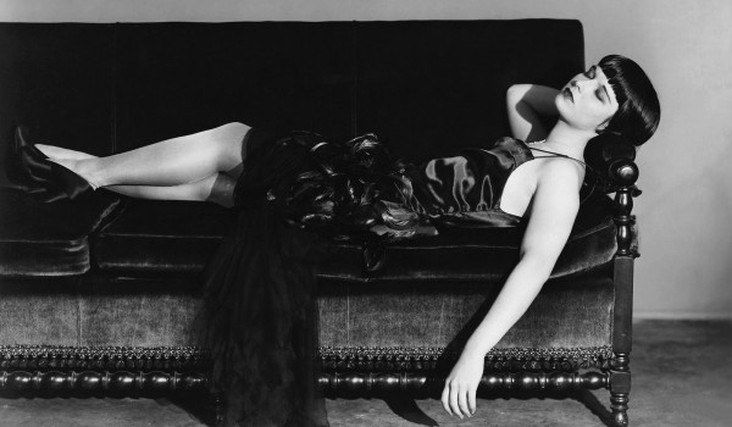
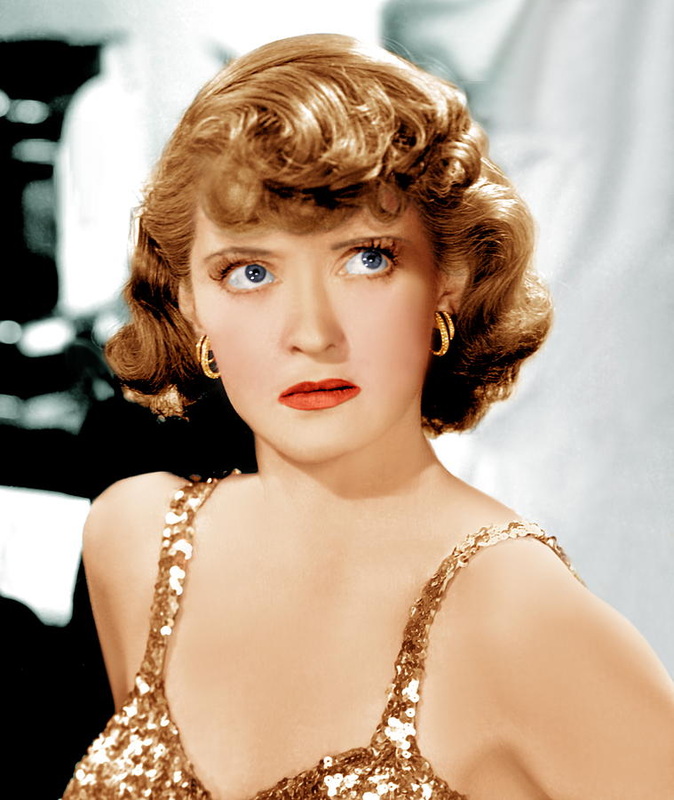
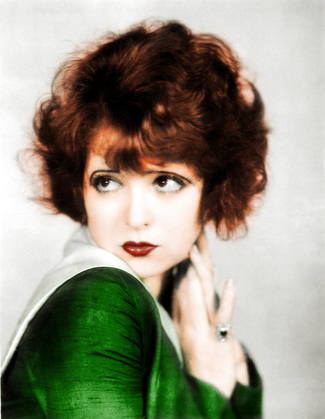
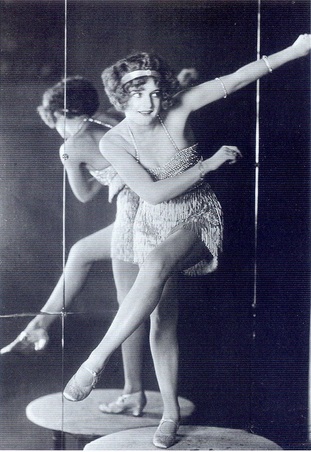
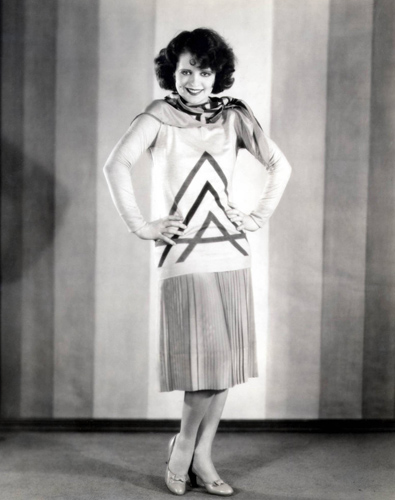
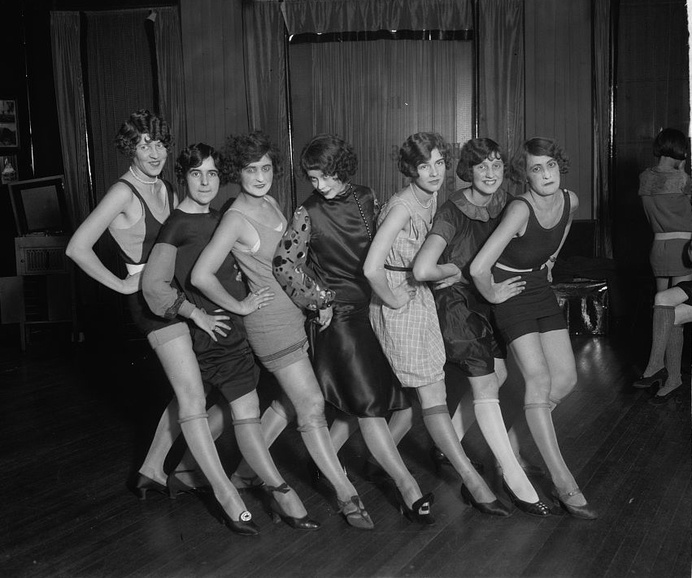
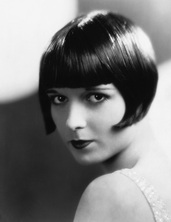
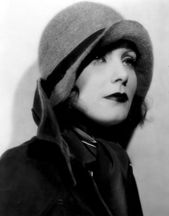
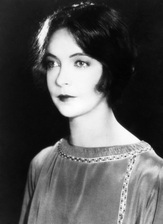
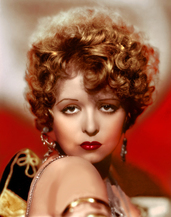
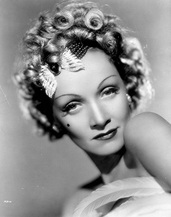
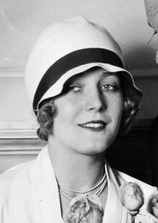
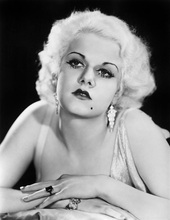
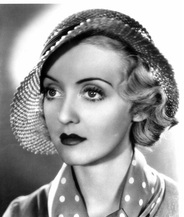
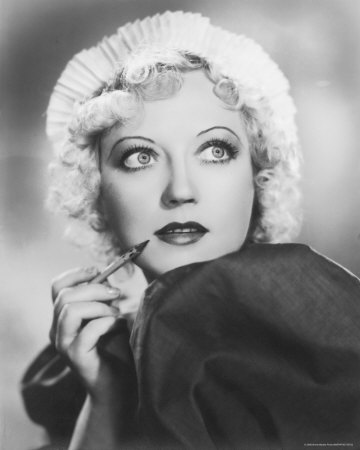
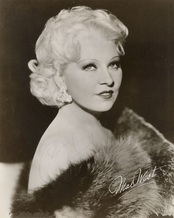
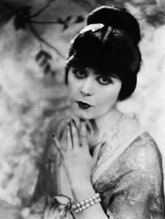
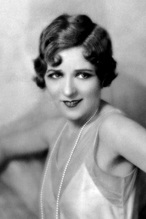
 RSS Feed
RSS Feed